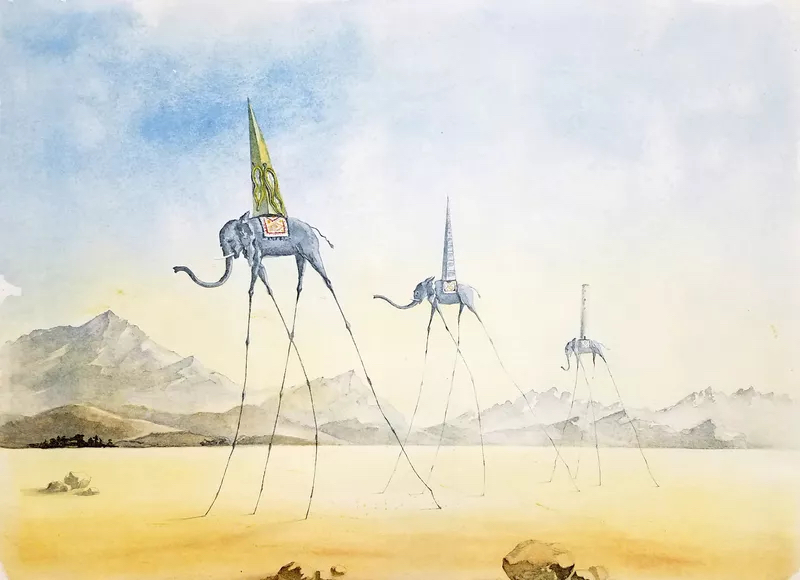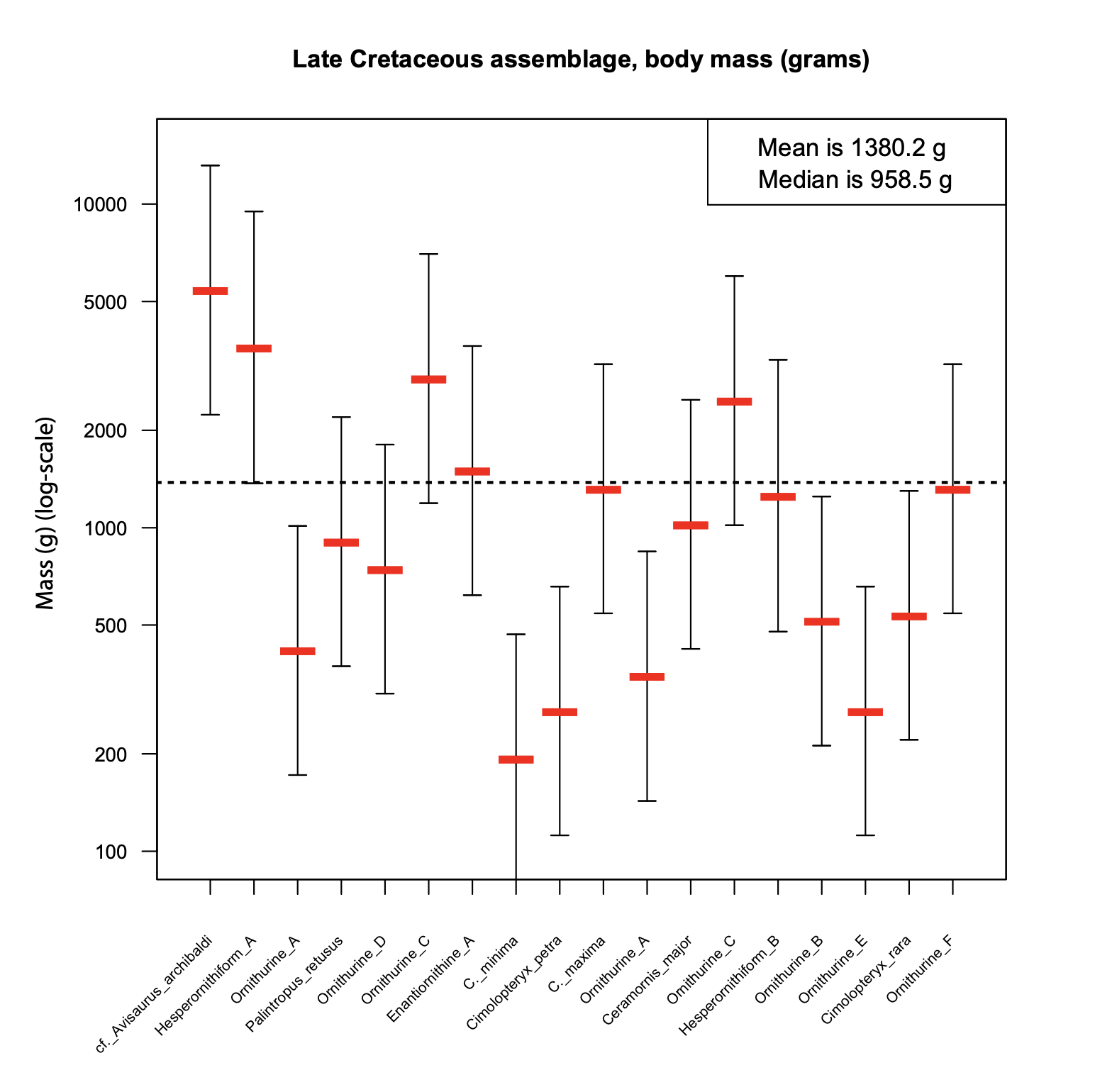
By synthesizing data from physiological, anatomical, life history, and genomic datasets with predictions from population genetic theory, I aspire to help define an integrative approach to studying macroevolutionary patterns across the tree of life. These studies showcase how phenotypic evolution can be studied across deep time.
Sexual selection
The evolution of sexual dichromatism in Neotropical Cotingas
To test Darwin’s (1871) hypothesis that the increase in sexual selection associated with polygynous breeding systems drives the evolution of color dimorphism, we estimated and applied a new phylogenetic hypothesis for the Neotropical Cotingas, a diverse clade of suboscine passerine birds known for their flamboyant plumages.
The evolution of feather-instruments in a clade of “bee” hummingbirds

Phenotypic characters with a complex physical basis may have a correspondingly complex evolutionary history. Males in the “bee” hummingbird clade court females with sound from tail-feathers, which flutter during display dives. In this study, I applied stochastic process models to rank different evolutionary scenarios.
The evolution of vocal phenotype in a radition of Manakins

To examine the differentiation of a secondary sexual characteristic produced through animal behavior (vocalization during courtship display), I studied the radiation of a cryptic species complex across the Amazon basin. In addition to providing new biogeographic insights, our study discovered complex patterns of symplesiomorphic (shared and ancestral characters) evolution.
Fossil Reconstructions
Estimating body mass
I am generally interested in how well we can reconstruct “living” characteristics from skeletal proportions, which is especially important for animals that we only know from fossils. In this example, I use allometric scaling equations to estimate the distribution of body masses for an assemblage of stem lineage birds in the latest Maastrictian.
Modes of fish shape evolution across the Phanerozoic
Coming soon.


